Search Images
Browse Content (p. 1198)
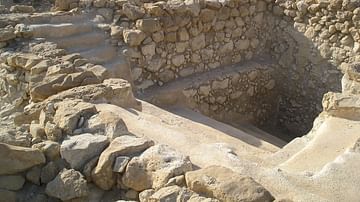
Image
Mikvah, Qumran
Mikvah at Qumran, where the Essenes cleansed themselves for religious purity.
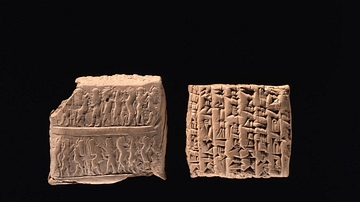
Image
Murashu Tablets
Tablet B5304, Murashu Archive. Contract for the supply of dates, written in Akkadian with a summary in Aramaic.

Image
Dolmenic Cyst of Butera (Sicily)
Stone slabs assembled in a cubiform manner in "Piano della Fiera", Butera, Sicily, similar to those found in Sardinia and dated to the copper age (c. 3000-2100 BCE). It was reused by the Greeks and indicates mixed cult practices, both Hellenic...
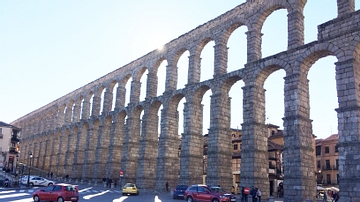
Image
Roman Aqueduct of Segovia
The Roman of Aqueduct of Segovia dates from c. 112 CE, and it is one of Spain's most iconic sites. It was declared a UNESCO World Heritage Site in 1985.
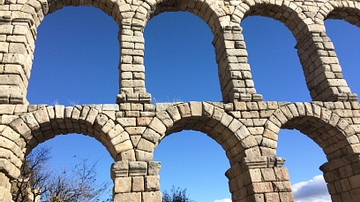
Image
Segovia's Roman Aqueduct
The Aqueduct of Segovia, located in what's present-day Spain, is supported by 167 arches in total. It is one of the most recognizable and famous of Roman ruins in Europe.
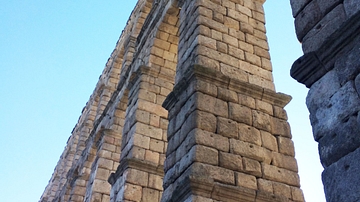
Image
View of the Roman Aqueduct in Segovia, Spain
The Segovia Aqueduct was likely finished around the year 112 CE and once carried water from the Rio Frio situated 17 km (11 miles) from Segovia. It is one of Spain's cultural treasures, and it was listed in the 2006 World Monuments Watch...

Image
Segovia Aqueduct
The Aqueduct of Segovia is a Roman aqueduct in Segovia, Spain that was used for over a thousand years. It is one of the best preserved Roman aqueducts in existence. Its total lenght is 813 m and its height is 28 m.
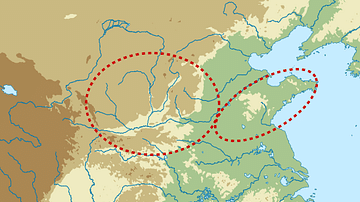
Image
Longshan Culture Territory, China
A map indicating the regions of north-east China occupied by the Longshan culture from c. 3000 to c. 1700 BCE.
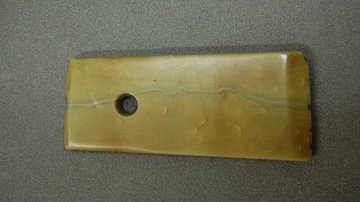
Image
Longshan Jade Blade
A ceremonial blade carved from jade by the Longshan culture of north-east China, 3000-1700 BCE. Length: 15.8 cm. (British Museum, London)

Image
Longshan Black Pottery Vase
A black pottery vessel produced by the Longshan culture of north-east China, 2nd millennium BCE. Height: 14 cm. (British Museum, London)